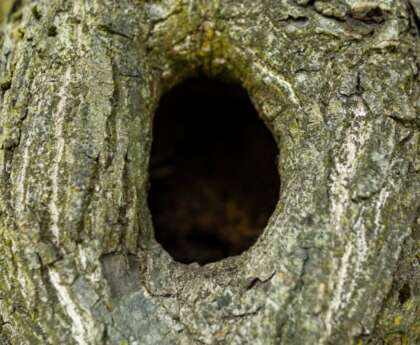Ducks bob their heads as a way to maintain balance and improve their depth perception. Ducks bob their heads to maintain balance and improve depth perception.
This unique behavior can often catch the attention of onlookers, triggering curiosity about the reasons behind it. The rhythmic up-and-down motions of a duck’s head serve important purposes for these aquatic birds. While it may appear comical to some, the bobbing actually helps them maintain balance and stability in the water.
Additionally, by bobbing their heads, ducks can gauge distance accurately, allowing them to determine the depth of the water and spot potential threats or prey. Understanding the reasons behind a duck’s bobbing behavior enhances our appreciation for the adaptation and agility of these fascinating creatures.
The Evolutionary Purpose Of Duck Head Bobbing
Ducks bob their heads as a result of an evolutionary adaptation to their environment. This behavior has developed over time to provide several advantages to ducks. The science behind this behavior lies in their visual acuity and depth perception, as well as their need to maintain balance while navigating various terrains.
By bobbing their heads, ducks can enhance their vision, allowing them to spot potential predators or sources of food more easily. Additionally, this movement helps them maintain stability while swimming or walking, especially in rough water or uneven surfaces. Through natural selection, ducks with this head-bobbing behavior have been favored as it increases their chances of survival and successful reproduction.
So, the next time you see a duck bobbing its head, remember that it’s not just a quirky habit; it’s a fascinating evolutionary trait that has served them well for generations.

Credit: en.wikipedia.org
The Mechanics Of Duck Head Bobbing
Ducks bob their heads due to anatomical adaptations and the mechanics of their musculoskeletal system. The rhythmic motion is enabled by these factors. Their ability to bob their heads is unique and fascinating. This movement is crucial for their survival and communication.
Ducks use their head bobbing as a way to search for food, keep an eye out for predators, and communicate with other ducks. The motion is a result of a combination of factors including the structure of their neck bones, the placement of their eyes, and the flexibility of their neck muscles.
All these adaptations work together to allow ducks to bob their heads effortlessly and with precision. This behavior showcases the amazing complexity of nature and the diverse ways in which animals have evolved to adapt to their environments.
Communication And Significance Of Duck Head Bobbing
Ducks bob their heads as a form of communication, conveying various messages to one another. This behavior is especially significant in social and territorial contexts. Head bobbing serves as a way for ducks to establish dominance, assert their territorial boundaries, and communicate their intentions.
Additionally, head movements play a crucial role in mating and courtship behaviors, with males often using head bobbing as a display of attraction to females. By interpreting these different messages conveyed through head bobbing, ducks are able to communicate effectively within their social groups and maintain order in their territories.
Understanding the significance of duck head bobbing can provide fascinating insights into their behavior and social interactions.
Conclusion
The head-bobbing behavior exhibited by ducks serves multiple purposes. It enables them to maintain visual focus on their surroundings, ensuring their safety and alertness to potential threats or opportunities for food. The rhythmic movement of their heads also aids in proprioception, helping them navigate through their environment with precision and efficiency.
Not only does head bobbing assist ducks in locating prey beneath the water’s surface, but it also plays a crucial role in their social interactions. By bobbing their heads, they convey various messages to other ducks, such as establishing dominance or courtship rituals.
Understanding why ducks bob their heads is essential not only for biologists and animal behavior researchers but also for nature enthusiasts. By marveling at this fascinating behavior, we can gain a deeper appreciation for the intricate and intelligent ways in which animals adapt to their environments.
So, the next time you spot a duck gracefully bobbing its head, take a moment to contemplate the evolutionary significance behind this seemingly simple movement. It’s a small glimpse into the wonders of nature and reminds us of the remarkable diversity and complexity of the animal kingdom.









